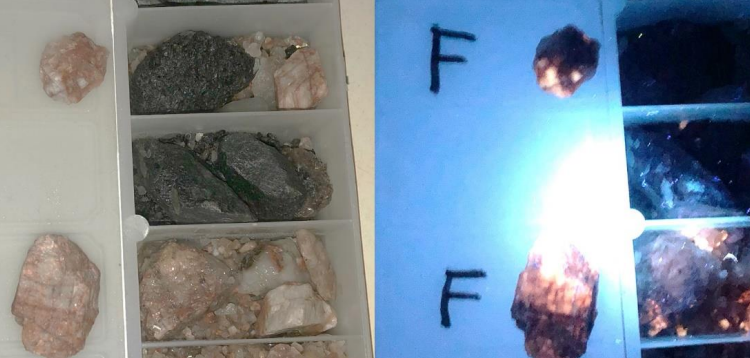Ragusa Minerals Limited (ASX: RAS) has recently completed its RC exploration drilling programme at the company’s NT Lithium Project – located in the highly prospective Litchfield Pegmatite Belt in the Northern Territory, approximately 120km south of Darwin.
The company completed a total of six reverse circulation drillholes comprising a total of approximately 715m drilled, with five drillholes intersecting pegmatite/quartz rich zones. From the geological logging works conducted on site, a total of 98 drill samples were collected from six intercepted pegmatites with a maximum downhole thickness of 17m (from a minimum depth of 4m and maximum depth of 118m).
Ragusa chair, Jerko Zuvela, said, “The company is pleased to have completed the next phase of our exploration drilling programme at our strategic and highly prospective NT Lithium Project. We are encouraged by the preliminary drilling observations at our priority targets, noting the scale of the pegmatite zones encountered within our project area. We look forward to receiving the lithium assay results in coming weeks.”
“At a time of renewed strategic interest in exploration stage lithium/spodumene projects in Australia, this is a positive step that puts Ragusa in a strong position to rapidly accelerate the development of our project within a proven high-quality lithium district in a Tier 1 jurisdiction close to major infrastructure.”
Additionally, drilling targeted outcropping pegmatites in the western areas of the project, which have not had any previous exploration works conducted.
This target area differs from the remainder of the outcropping pegmatites as it is located within a volcanic host intrusion against the presumed source S-type granite further to the west. Unlike the pegmatite bodies tested by Ragusa thus far, these targets have not been geographically offset by faulting.
The company has said that laboratory assay results are expected in one month, after which an estimate of the mineralization will be better understood. The inclusion of this information is intended to convey the possible presence of spodumene in samples from the recent drilling works.
To find out more, please visit www.ragusaminerals.com.au
To read more articles like this, please visit www.theassay.com/news












